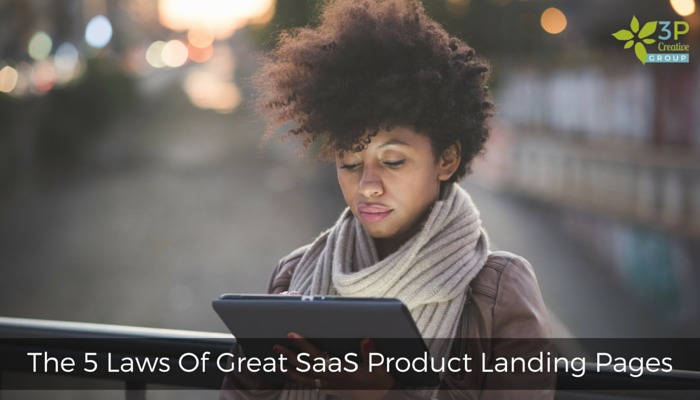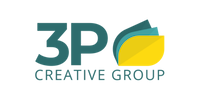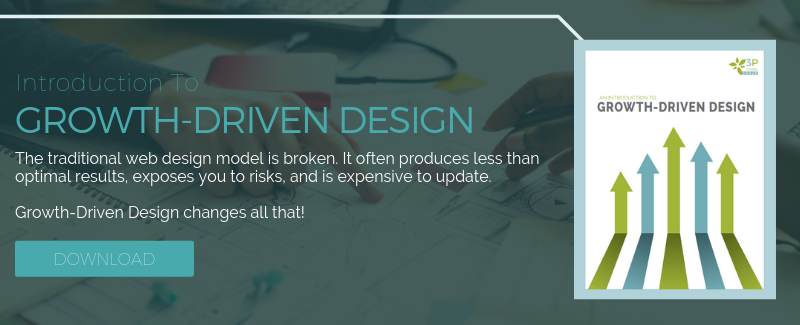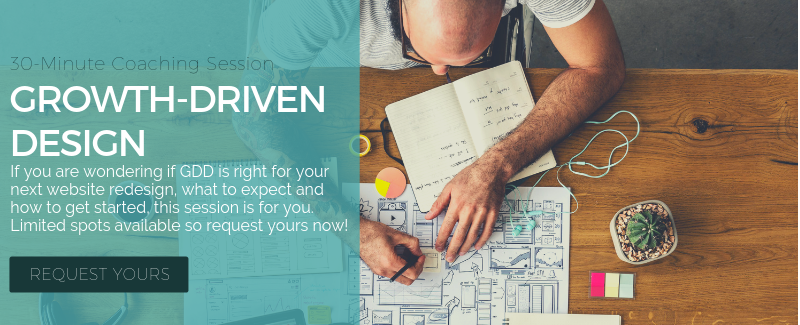Must-Have Elements Your Home, About Us, & Resource Website Pages Need
Redesigning your company's website can be exciting, but also overwhelming. How do you know that you will hit all the right spots, address the needs of all your visitors, and create the best-performing website you possibly can? Spoiler alert: You won't be able to in the first iteration (that's why Growth-Driven Design is such a great approach!) but there is a lot you can do to ensure that you have the best possible first version! One of those things you can easily do is include certain elements on your homepage, on your About Us page, and in your resource library! Let's dive right in.
1) Homepage: One Size Does Not Fit All
Most of your organic traffic will hopefully not land on your homepage but on your inner website pages and blog posts since these are the pages that provide your visitor with an answer to the question or problem that they were looking to solve by searching on Google or another search engine.
However, your homepage is incredibly important for direct and referral traffic as people will come back to get an overall impression of who you are as a company. Since it serves the different needs of a variety of people, one size does not fit all. To choose the right template that includes the homepage design that you need, start by asking yourself what the main goal of your homepage is. Is it to quickly communicate your value proposition? To build trust? To generate leads? Or is it to lay out different paths for your buyer personas?
At a minimum, your homepage must pass the blink test, tell the visitor what the company does, and lead them to where they need to go next. Depending on your business and your marketing goals, you will probably follow an outline that looks something like this:
- Value Proposition Header, Sub-header, Call To Action, and supporting image,
- Acknowledge your visitor’s problem (and tell them that you understand them),
- Top-of-the-funnel offer (e.g., eBook that offers a solution to the problem),
- Product details, industry reports, other relevant information that is needed,
- Optional middle-of-the-funnel offer (e.g., webinar, buyer’s guide) or customer case study,
- Customer quotes and logos to create trust, and
- Demo or Consulting Offer (or another relevant bottom-of-the-funnel offer).
Depending on the maturity of your business, the buyer personas you market to, your niche, and your unique value proposition, you will need to adjust this to fit your needs. If you are choosing a theme rather than developing it yourself, look for a theme that offers easy-to-use custom modules in addition to two or three homepage options, such as a product-oriented design, inbound marketing-focused design, and a brand-focused design option.
.png?width=600&name=Juriba-Enterprise-IT-Migration-Project-Management%20(4).png)
2) User-Friendly Resource Library Page To Boost Your Lead Generation Efforts
Let me go out on a limb here and take a guess. You want your visitors to be able to find, download, and read your eBooks, guides, checklists, and toolkits that you and your team so painstakingly create, right? Yeah, I thought so. Yet, so many companies don't put the effort into creating a searchable resource page with filters that allow visitors to explore all the helpful premium content offers they publish.
And this is so important: Having them all on one easy-to-navigate page not only helps to encourage a visitor to convert into a lead, but moves them through the funnel faster. A great resource page will include the following elements:
- A featured resource (something you want to pin to the top and make everyone aware of),
- A way of filtering (e.g., by resource types like eBook, calculator, White Paper, and case study as well as by topic), and
- A way to suggest other topics or resource types for consideration (this is definitely optional, but it can be helpful).
Surprisingly, most templates on the HubSpot marketplace do not include specific pages for that purpose. To save yourself cost and time (as you will have to create that page somehow yourself), make sure to check if the theme includes a resource library page. Once you have found one, place yourself in your visitor's shoes and pretend you have come to this page for the first time. Is it easy to navigate? Can you quickly find premium offers that address different stages of the buying cycle? Does it look cluttered or well organized?
3) A Flexible About Us Page That Can Tell Your Amazing Story
The About Us page is one of THE hardest pages to build for anyone — whether you are a professional web designer or the marketer who is tasked to provide the content.
The reason why it is so hard is that you, as an employee or owner, know your company inside and out. You assume people know something about you. But most of the time, they don’t. So you have to ask yourself: What information is truly relevant? And how should you present the information?
An About Us page can contain the company’s mission statement, key facts, and milestones, information about the business structure and units, basic financial figures (e.g., revenue), as well as information about the (management) team.
You can view the About Us page as an overview page to sub-pages that relate to the different sections. For example, the section about the work culture or the management team can lead to sub-pages that contain the entire team by department, open positions, and more information about the corporate identity as well as company benefits to entice potential employees to apply for a job.
Since every business is slightly different, every About Us page needs to be different. Choose a theme that can accommodate your need by either providing an easy-to-customize drag-and-drop template or laying out different options for you.
I hope this has been helpful in inspiring at least some of your new website pages.
Share this
You May Also Like
These Related Stories

10 Must-Have Elements For High-Performing Pillar Pages

The 5 Laws Of Great SaaS Product Landing Pages

.png?width=250&height=125&name=TrustBuilderLogoWhiteTranspBackgr(250x125%20px).png)



No Comments Yet
Let us know what you think